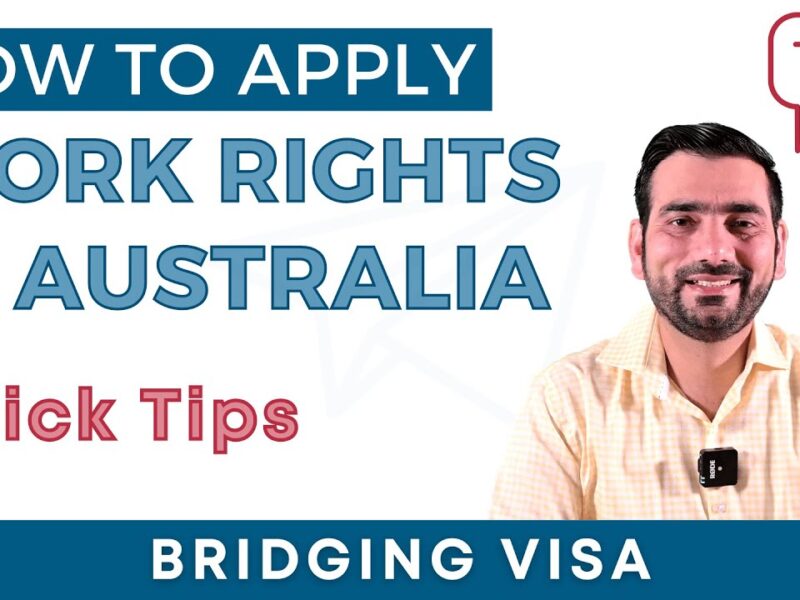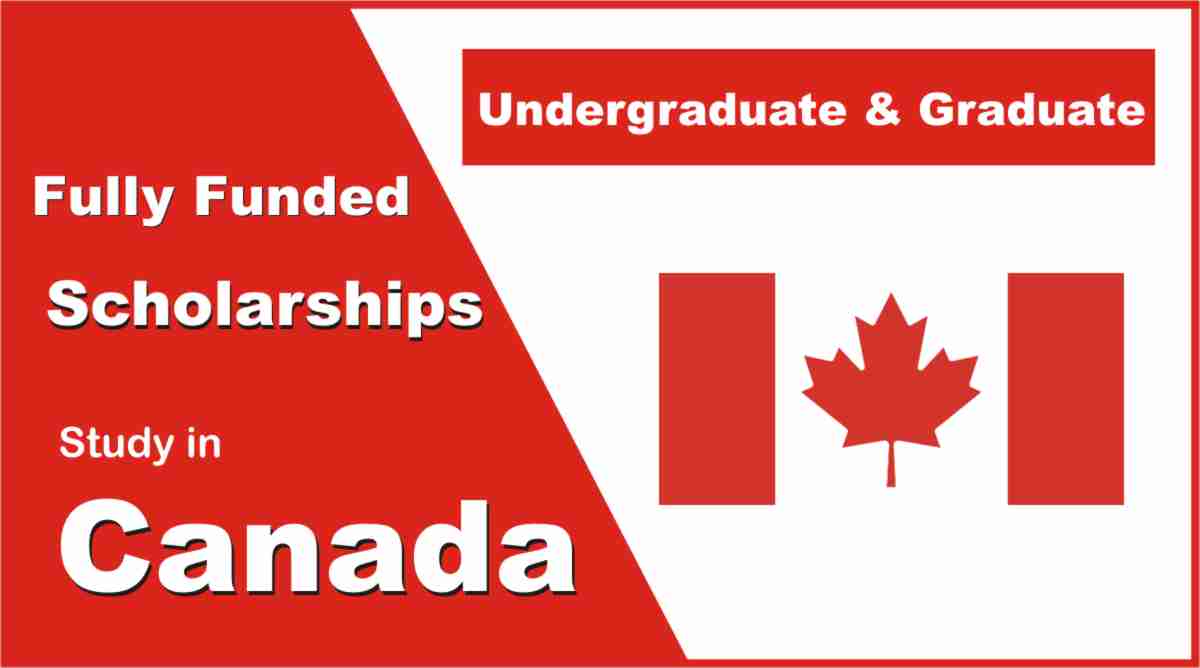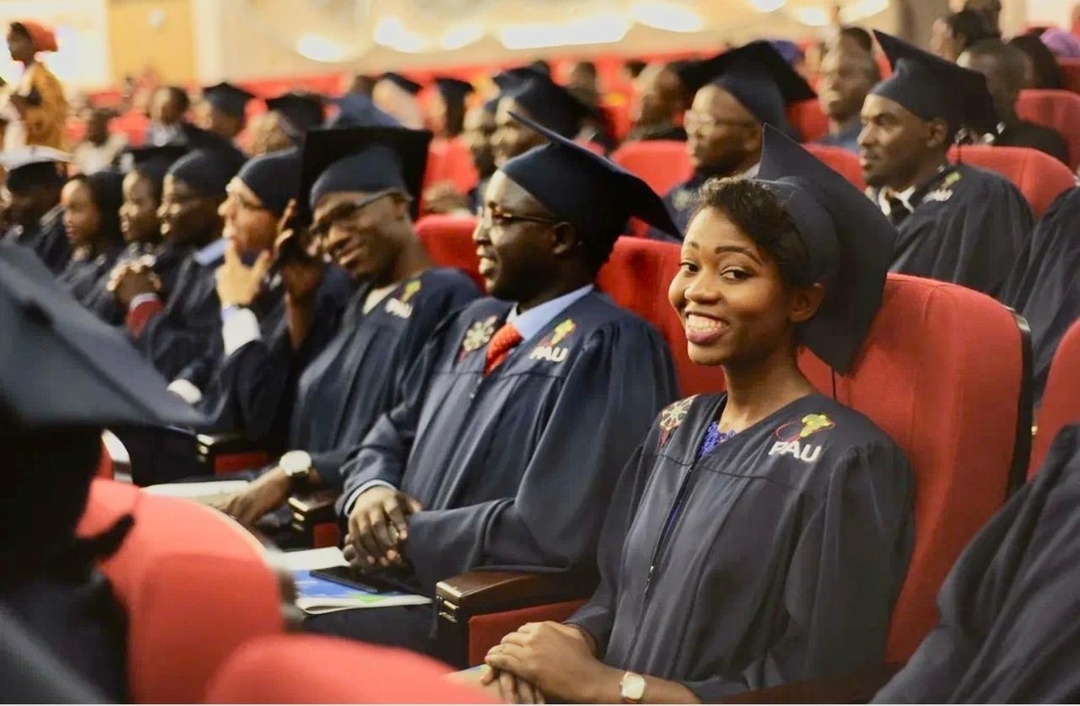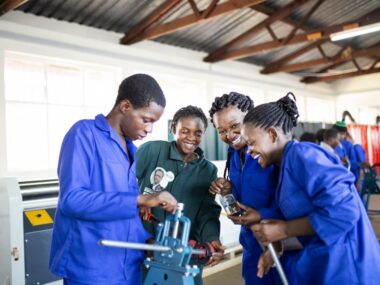If you’re an internationally qualified nurse (IQN) aiming to work in Australia in 2025, the pathway often combines two parallel streams: (A) immigration status (often a bridging visa while your substantive visa is processed), and (B) professional registration (AHPRA registration via ANMAC assessment or an approved bridging program). This guide walks both lanes: how bridging visas work, how the nursing-specific bridging/registration options operate in 2025, exact application steps, timelines, cost expectations, pitfalls, and actionable examples from real applicants and advisers.
I write this from the perspective of someone who’s helped multiple nurses prepare ANMAC files and liaise with universities for bridging programs. Expect concrete checklists, three useful tables, and 10 FAQs you’ll actually use.
Key official updates that affect 2025 applicants:
-
A new streamlined registration standard for internationally qualified registered nurses (IQRNs) came into effect in 2025 (general registration for IQRN). Nursing and Midwifery Board of Australia
-
ANMAC has broadened access to the Full Skills Assessment and is updating assessment options through 2025. ANMAC
-
Bridging visas remain the primary way to lawfully stay in Australia while a substantive visa application is being processed. The Department of Home Affairs publishes clear rules for BVA/BVB/BVC/BVE. Immigration and citizenship Website+1
Quick snapshot — two things you must do
-
Secure appropriate immigration status (if you are in Australia or arriving while a substantive visa is pending you will likely use a Bridging Visa A/B/C/E). The bridging visa keeps you lawful while your primary visa (e.g., skilled, employer-sponsored, partner or student) is decided. Immigration and citizenship Website+1
-
Complete the nursing registration pathway: apply to ANMAC for skill assessment (Full Skills or Modified Skills) or enroll in an AHPRA-approved bridging program or conversion course that leads to Australian registration. The Nursing & Midwifery Board (NMBA/AHPRA) approves bridging programs for internationally qualified nurses. ANMACNursing and Midwifery Board of Australia
Table 1 — The two parallel journeys (immigration vs registration)
| Track | Purpose | Key agencies | Typical documents |
|---|---|---|---|
| Immigration (bridging visa) | Keep legal status during substantive visa processing | Department of Home Affairs | Passport, substantive visa application, character/health docs |
| Professional registration | Gain AHPRA registration to practice as RN/EN in Australia | ANMAC (skills assessment), AHPRA (registration), universities for bridging courses | Qualifications, transcripts, practice hours, ID, English test results |
What is a Bridging Visa and which type applies?
A bridging visa is a temporary visa that allows you to remain lawfully in Australia while awaiting the outcome of a substantive visa application, or while resolving an immigration matter. Common types:
-
Bridging Visa A (BVA, subclass 010) — Granted automatically when you apply for another visa while in Australia and your current substantive visa expires. You usually must remain in Australia (unless you apply for travel with BVB). Immigration and citizenship Website
-
Bridging Visa B (BVB, subclass 020) — Allows travel outside Australia for a specified re-entry period. Useful if you need to return home during processing. Immigration and citizenship Website
-
Bridging Visa C/E — Applied in particular circumstances (e.g., unlawful non-citizens seeking lawful status). See Home Affairs guidance. Immigration and citizenship Website
Practical tip: You don’t apply for a bridging visa separately in most cases — it’s created by operation of law when you lodge a permitted substantive visa application. However, if you need travel, use Form 1006 to request a BVB. Immigration and citizenship Website
Nursing registration in 2025 — what changed and why it matters
2025 is a notable year: health ministers and AHPRA introduced a registration standard to streamline general registration for eligible IQRNs, and ANMAC expanded assessment eligibility to make pathways faster for many nurses from comparable jurisdictions. These changes aim to reduce registration wait times and speed up workforce entry. AHPRAANMAC
What this means for you:
-
If you’re from an approved comparable jurisdiction (e.g., UK, Canada, US, Ireland for some pathways), you may qualify for a streamlined registration process with faster timelines. ANMACAHPRA
-
ANMAC’s broadened Full Skills Assessment eligibility (effective mid-2025) increases the options for migration and registration candidates. ANMAC
Table 2 — Common nursing assessment options (ANMAC & university bridging)
| Pathway | Who it suits | Outcome |
|---|---|---|
| ANMAC Full Skills Assessment | Nurses registered in specific comparable jurisdictions (UK, US, Canada, Ireland, HK) | ANMAC skill outcome used for migration and AHPRA registration; faster for eligible applicants. ANMAC+1 |
| Modified Skills Assessment | Nurses with partial equivalence; less documentation-heavy | Document review to confirm skills for AHPRA consideration. ANMAC |
| AHPRA-approved bridging/conversion course (university) | IQNs needing local practice exposure, clinical placement | Academic program + supervised practice leading to eligibility for AHPRA registration. Nursing and Midwifery Board of Australiacurtin.edu.au |
Step-by-step: How to apply — migration and registration
Step 1 — Choose your substantive visa stream
Most IQNs pursue one of:
-
Skilled visas (e.g., Skilled Independent / employer-nominated or regional skilled pathways), or
-
Employer-sponsored visas (e.g., Temporary Skill Shortage), or
-
Student visa (to do a bridging/conversion course).
Your choice affects whether you get a bridging visa while waiting (if you lodge the substantive visa in Australia you’ll usually get a BVA automatically). Consult a MARA-registered agent if your case is complex.
Step 2 — Start ANMAC assessment or apply for a bridging program
-
If eligible for ANMAC Full Skills, prepare certified transcripts, registration history, employment references, and English language evidence. ANMAC provides stepwise guidance and fees. ANMAC
-
If you need clinical bridging, identify AHPRA-approved bridging programs or conversion (many universities offer conversion streams or graduate certificates). These include course applications, fees, and clinical placement booking. curtin.edu.auihm.edu.au
Step 3 — Lodge substantive visa (if applicable) and secure bridging visa
Lodge your substantive visa application with Home Affairs. If you are in Australia when you lodge, a Bridging Visa A usually takes effect to keep you lawful. If you need to travel, apply for Bridging Visa B. Immigration and citizenship Website+1
Step 4 — Complete bridging program / pass assessments & apply to AHPRA
After ANMAC or bridging course outcomes are final, submit AHPRA registration application — include ANMAC outcome (if applicable), police checks, identification and health/English evidence. AHPRA processes registration; timelines depend on completeness and new 2025 standards. Nursing and Midwifery Board of AustraliaANMAC
Table 3 — Estimated costs & time (2025 realistic estimates)
| Item | Cost (AUD, approx.) | Time |
|---|---|---|
| ANMAC Full Skills Assessment fee | $595 | 4–8 weeks (document prep extra). ANMAC |
| Modified Skills Assessment | ~$395 | 4–6 weeks. ANMAC |
| Bridging/conversion course (university) | $3,000 – $25,000+ (varies widely) | Course length 3–12 months + clinical placement. curtin.edu.auihm.edu.au |
| Visa application fees (substantive) | Varies by subclass | Depends on visa subclass |
| Bridging visa (BVA/BVB) | Usually no extra fee if created by law; BVB may have conditions | Immediate/depends on processing for travel permission. Immigration and citizenship Website+1 |
Real examples & practical insights
Example 1 — Maria, Philippines → Full Skills Assessment route:
Maria had five years’ RN experience and registration in the Philippines but no registration in a comparable jurisdiction. She applied for the Modified Skills Assessment while an employer in Victoria sponsored a Temporary Skill Shortage visa. Once the employer lodged the nomination and visa, Maria received a Bridging Visa A and later completed supervised practice and converted her Modified assessment into AHPRA registration within nine months. Key lesson: have employer and clinical plan aligned from day one.
Example 2 — Ahmed, UK-trained RN → Streamlined 2025 pathway:
As a UK-registered nurse, Ahmed was eligible for the ANMAC Full Skills Assessment and benefitted from the faster 2025 registration standard. He lodged his ANMAC application from overseas, submitted a skilled-visa EOI, and when in Australia lodged the substantive visa and used Bridging Visa A to remain while his visa decision processed. He registered with AHPRA within 3–4 months. Key lesson: citizens of comparable jurisdictions see substantially faster timelines in 2025.
Personal practical tips I give every applicant:
-
Start ANMAC early — document gathering (verified translations, registration history) takes the longest.
-
Keep a clear timeline — plan for visa lags; bridging visas don’t automatically grant full work rights depending on your visa conditions.
-
Get clinical evidence ready — employment references must be specific: date ranges, duties, hours per week, and supervisor contact. Generic letters are frequently rejected.
Common pitfalls & how to avoid them
-
Late or inconsistent documentation — use certified translations and court-certified copies where required.
-
Assuming bridging visa equals full work rights — check conditions; some bridging visas restrict work or require prior permission. Always verify your bridging visa subclass conditions. Immigration and citizenship Website
-
Choosing the wrong assessment pathway — pick Full Skills only if you meet eligibility; otherwise, the Modified or a university bridging course may be correct. Consult ANMAC guidance. ANMAC+1
After registration — working and staying in Australia
-
Work: Once AHPRA registration is granted and your substantive visa permits work, you can practice. Employer-sponsored visa holders have clearer employer obligations and simpler transitions to permanent pathways.
-
Switching from student to work: If you arrived on a student visa for a conversion course, plan employer connections before graduation to change your residence purpose to work.
-
Permanent residency: Many nurses use employer-sponsored or skilled regional visas as a path to permanent residency — make sure your ANMAC/AHPRA status aligns with migration requirements.
10 Frequently Asked Questions (practical answers)
-
Q: Is a bridging visa the same as a nursing bridging program?
A: No. A bridging visa is an immigration tool that keeps you lawful while a substantive visa is processed. A nursing bridging program is an educational/clinical course for registration with AHPRA. You often need both. Immigration and citizenship WebsiteNursing and Midwifery Board of Australia -
Q: Can I work on a Bridging Visa A?
A: Many BVA holders can work if the bridging visa inherits work rights from their previous visa — check the specific visa conditions on your bridging visa grant notice. Immigration and citizenship Website -
Q: How long does ANMAC take in 2025?
A: ANMAC Full Skills assessment processing time is variable; recent figures show ~4–6 weeks for initial assessment if documents are complete, but preparation and evidence gathering extend total time. ANMAC -
Q: Are there faster routes for UK/US/Canada registered nurses?
A: Yes — the 2025 registration changes and ANMAC Full Skills pathways favor nurses from comparable jurisdictions, often accelerating registration. AHPRAANMAC -
Q: Do universities still run bridging courses?
A: Yes. Several Australian universities and private providers offer conversion/bridging programs with clinical placements designed for IQNs. Check AHPRA-approved program lists. Nursing and Midwifery Board of Australiacurtin.edu.au -
Q: How much does a bridging program cost?
A: Wide range: from a few thousand AUD for short re-entry courses to tens of thousands for full conversion degrees. See Table 3 for estimates. ihm.edu.aucurtin.edu.au -
Q: What’s the biggest cause of delays?
A: Incomplete documentation, poor employment references, or not meeting English/registration evidence requirements. Prepare thoroughly. ANMAC -
Q: Can I apply for ANMAC from overseas?
A: Yes — ANMAC accepts online applications from overseas, but you should plan how any bridging program or substantive visa timelines interact with travel and clinical placement requirements. ANMAC -
Q: What if my bridging visa denies travel?
A: Apply for Bridging Visa B (Form 1006) to request a travel facility; without it, leaving Australia may void or cancel your bridging visa. Immigration and citizenship Website+1 -
Q: Should I use a migration agent?
A: For complex cases (appeals, prior visa refusals, unclear registration history) a MARA-registered agent can prevent costly mistakes. For straightforward ANMAC and AHPRA steps you can self-manage with careful attention to checklists.
Final checklist (actionable)
-
Decide your migration stream (skilled, employer, or student).
-
Start ANMAC Full or Modified Skills Assessment now (gather certified docs). ANMAC+1
-
If needed, apply to an AHPRA-approved bridging/conversion program and book placements. Nursing and Midwifery Board of Australiacurtin.edu.au
-
Lodge your substantive visa application (you’ll automatically get Bridging Visa A if lodged while in Australia). Immigration and citizenship Website
-
Keep copies, translations, and clear employment references ready.
Call to action
Want a tailored plan? Tell me: your country of registration, years of nursing experience, and whether you already have an employer in Australia. I’ll draft a step-by-step checklist (documents, timing, and which ANMAC pathway fits you best) that you can act on this week.










